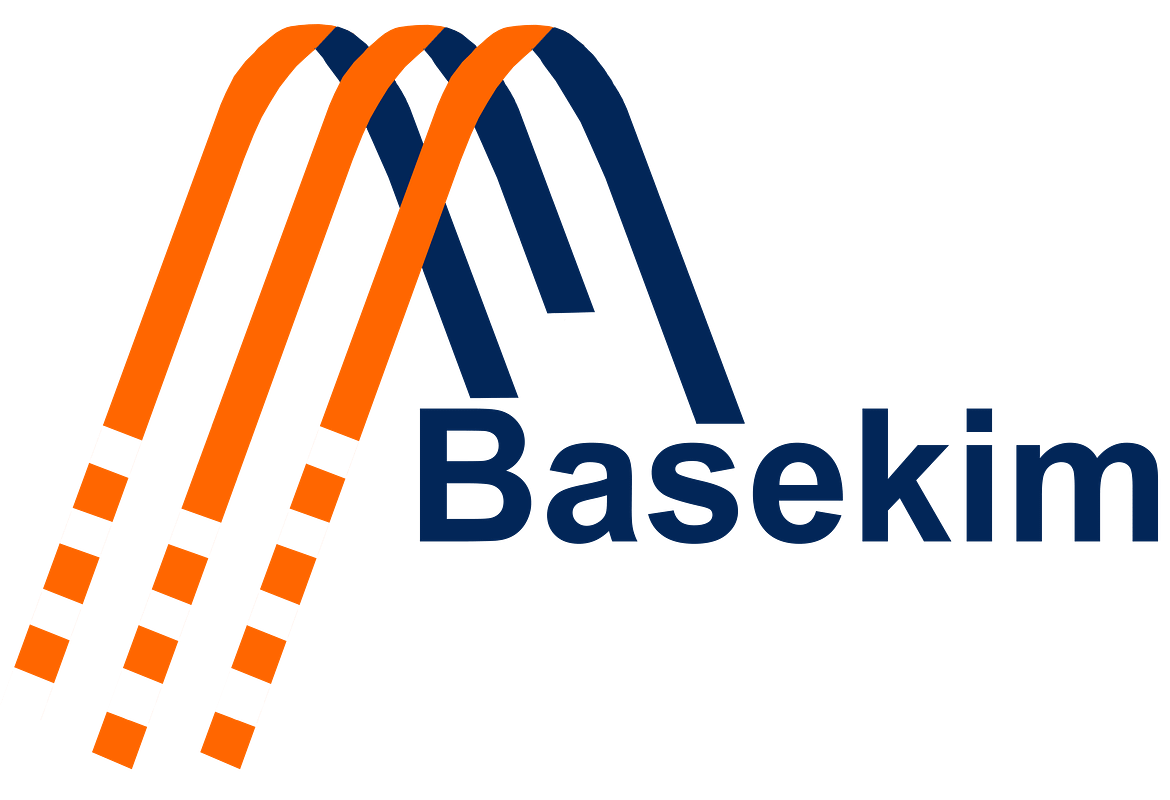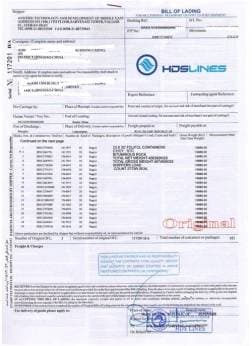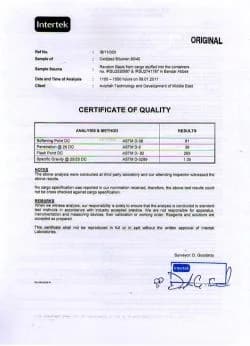Feed Urea – High-Quality Non-Protein Nitrogen for Animal Nutrition
Introduction
Feed Urea, also known as Feed Grade Urea, is a high-purity form of urea designed specifically for animal nutrition. With 46% nitrogen content, it provides an efficient and cost-effective way to supplement protein requirements in ruminant diets. Unlike fertilizer urea, which is used in agriculture,Urea undergoes stricter quality control to ensure safe use in animal feed.
For decades, farmers around the world have relied on Urea to improve livestock productivity, reduce feeding costs, and optimize protein balance in diets. When used correctly, it becomes an indispensable tool in modern animal husbandry.
What Makes Feed Urea Different?
The primary distinction between Feed Urea and Fertilizer Urea lies in purity and safety standards. While both are chemically similar Urea must meet stricter limits on impurities, particularly biuret. High levels of biuret are harmful to animals, which is why Urea contains less than 1% biuret.
Additionally, its moisture content is tightly controlled (below 0.5%), ensuring the product remains free-flowing, non-caking, and easy to mix into feed formulations. This precision makes it a trusted nitrogen source for ruminants such as cattle, sheep, and goats.
How Feed Urea Works in Animals
Feed Urea is not a direct protein source. Instead, it supplies Non-Protein Nitrogen (NPN), which rumen microbes convert into microbial protein. This microbial protein is then digested and absorbed by the animal, providing the essential amino acids needed for growth, milk production, and overall health.
In practice, Feed Urea enables farmers to reduce dependency on expensive protein-rich feeds like soybean meal, cottonseed, or fishmeal while still meeting livestock nutritional needs.
Key Benefits of Feed Urea
Cost-Effective Protein Substitute → lowers feed costs compared to natural protein sources.
High Nitrogen Content (46%) → delivers concentrated NPN to ruminants.
Improves Productivity → supports better milk yields and faster weight gain.
Flexible Use → easily incorporated into pellets, compound feeds, and liquid supplements.
Stable Shelf Life → low moisture prevents caking and ensures easy handling.
Applications in Animal Nutrition
Dairy Farming
Enhances milk production by providing affordable nitrogen supplementation.Beef Cattle
Promotes faster growth rates and improved feed conversion efficiency.Sheep and Goats
Provides reliable protein alternatives, especially in regions where traditional protein sources are costly or limited.Feed Industry
Used as an additive in compound feeds, premixes, and mineral blocks.
Safety Guidelines and Limitations
While Feed Urea is highly beneficial, correct usage is critical to avoid toxicity.
Mix Thoroughly: Never feed urea directly to animals. It must be well-blended with other feed ingredients.
Dosage Control: Maximum 1% of total diet dry matter, or around 30 g per 100 kg body weight per day for cattle.
Not for Monogastric Animals: Should not be used for pigs, poultry, or horses, as they cannot process NPN efficiently.
Gradual Introduction: Animals should be slowly adapted to urea-containing diets.
Avoid Water Contamination: Spilled urea in drinking water can cause poisoning.
By following these precautions, Urea becomes a safe and valuable part of livestock nutrition programs.
Quality Factors Affecting Feed Urea
Biuret Content: Must be kept below 1% to ensure animal safety.
Purity: 99% or higher for consistent performance.
Moisture: Low moisture (<0.5%) prevents clumping.
Appearance: White, free-flowing granules or powder.
Packaging Integrity: Proper sealed bags are essential for long-term storage.
Packaging and Storage
Feed Urea is commonly available in 25 kg or 50 kg polypropylene bags and in jumbo bags (1,000 kg) for bulk shipments. It should be stored in a dry, cool, and well-ventilated warehouse. Direct exposure to moisture or sunlight must be avoided to maintain product quality.
Conclusion
Feed Urea is one of the most effective ways to enhance ruminant nutrition and reduce feed costs. By supplying concentrated Non-Protein Nitrogen, it supports the growth, productivity, and profitability of dairy and beef operations worldwide. When sourced from reliable suppliers and used responsibly, Feed becomes a safe, sustainable, and economical solution for livestock producers.
Feed Urea (Feed Grade Urea) – FAQ
1. What is Feed Urea?
Feed Urea is a high-purity nitrogen source with 46% nitrogen, specially designed for ruminants like cattle, sheep, and goats.
2. How is Urea different from Fertilizer Urea?
Urea has stricter quality standards:
Biuret <1% (safe for animals)
Moisture <0.5% (non-caking)
Purity ≥99%
3. How does Urea work in animals?
Rumen microbes convert Urea’s Non-Protein Nitrogen (NPN) into microbial protein, which animals digest for growth, milk, and health.
4. What are the benefits of Urea?
Cuts feed costs vs. soybean meal or fishmeal
High nitrogen concentration (46%)
Boosts milk yield and weight gain
Easy to mix in feed, pellets, or mineral blocks
5. Which animals can use Urea?
Only ruminants (cattle, sheep, goats).
Not for pigs, poultry, or horses.


